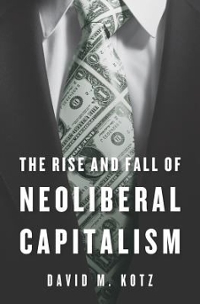Question
. Consider a 2 2 pure exchange economy with two consumers, Andy and Beth, or {A, B}, and two goods {1, 2}. Andy has endowment
. Consider a 2 2 pure exchange economy with two consumers, Andy and Beth, or {A, B}, and two goods {1, 2}. Andy has endowment e A = (4, 2) and Beth has endowment e B = (2, 2). Andy's preferences can be represented by the utility function uA = xA1 + xA2 and Beth's preferences can be represented by the utility function uB = xB1xB2. Let prices be (p1, p2) = (1, 2). (a) Sketch an Edgeworth box showing the dimensions, initial endowment, both players' indifference curves through the initial endowment and budget sets. (5 marks) (b) Find consumers' optimal demands at prices (p1, p2) = (1, 2) and show that Walras' Law holds at these prices. (5 marks) (c) Find the Pareto Set (you may either describe it mathematically or illustrate it on an Edgeworth box). (4 marks) (d) Without calculating the Walrasian Equilibrium, say how equilibrium prices compare to (p1, p2) = (1, 2). Then using the First Welfare Theorem or otherwise find the Walrasian Equilibrium allocation and prices.

Step by Step Solution
There are 3 Steps involved in it
Step: 1

Get Instant Access to Expert-Tailored Solutions
See step-by-step solutions with expert insights and AI powered tools for academic success
Step: 2

Step: 3

Ace Your Homework with AI
Get the answers you need in no time with our AI-driven, step-by-step assistance
Get Started


